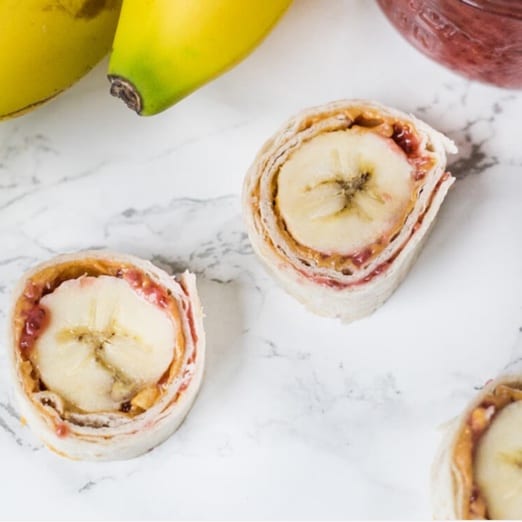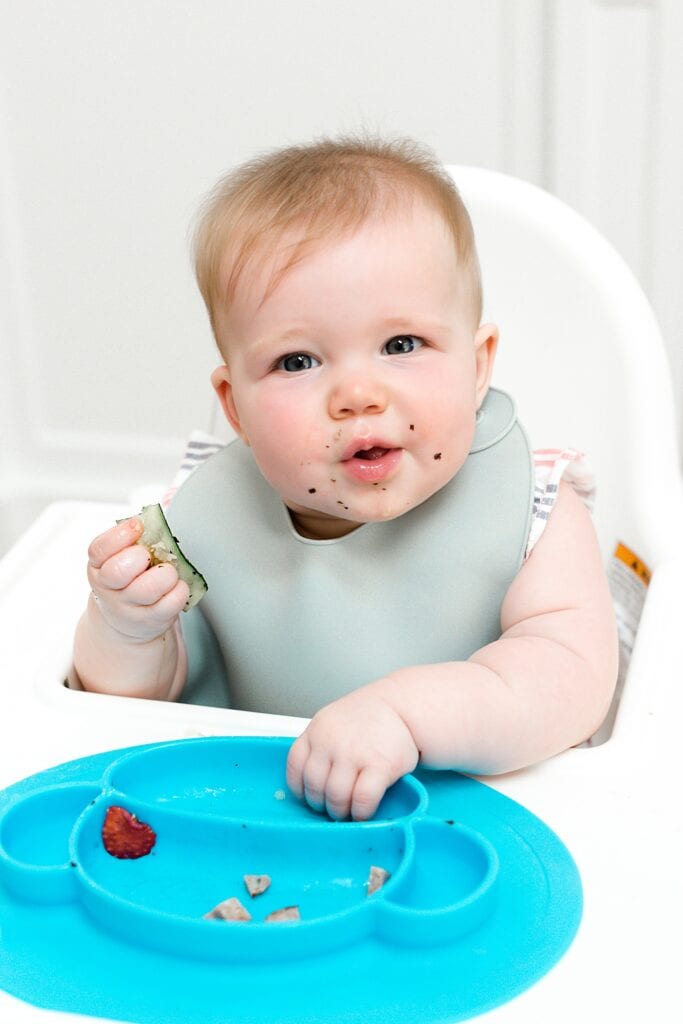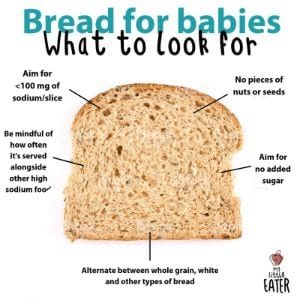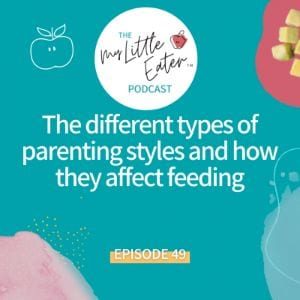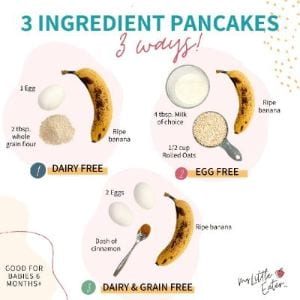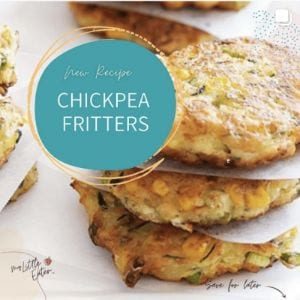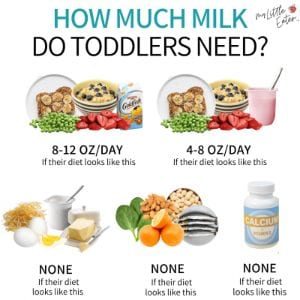![Main image for the article [The Best Yogurts For Your Baby]. Pictured is toddler eating a yogurt cup with a spoon.](https://mylittleeater.fixed-staging.co.uk/wp-content/uploads/2020/03/New-Blog-Post-Image-Size-1-1-300x300.png)
With the diversity in the yogurt aisle, it’s safe to say that choosing one can be downright overwhelming! And with so many flavours, fat percentages, and brand names, it can seem impossible to pick the best one! Trust me, I get it. That’s why I want to help!
If you want to start incorporating yogurt into your baby’s diet, it’s first important to find the right yogurt that meets the nutritional needs for your baby’s rapid development during this crucial period of growth. Nutritional aspects that matter the most are protein and fat, plus nutrients like: vitamin D, calcium, and potassium. Although it can be overwhelming, and daunting, to compare what feels like hundreds of yogurts, rest assured that once you find the right one, it will likely become the staple yogurt you choose to include on your grocery list. Let me help guide you through what qualities the best yogurts have so that you can be confident that you are making the right choice for your baby!
Is yogurt okay to introduce to a baby under 12 months old?
Absolutely! Usually, once your baby is around 6 months of age, you will start transitioning to more solid foods. The first recommended foods right around the 6 month mark are iron rich foods, a variety of fruits and vegetables, but also highly allergenic foods, of which milk products like yogurt are included! This is where I tend to find some parents get confused when they find out yogurt is okay to introduce because of the fact that it is dairy and contains cow’s milk. Currently, the recommendation is not to include cow’s milk in your baby’s diet as a beverage, but that doesn’t include products that contain cow’s milk as an ingredient. The recommendation to avoid cow’s milk has nothing to do with cow’s milk itself and more to do with the potential that it will replace calories they are getting from breastmilk or formula, which are more nutritionally adequate during this age and are better on their digestive system.
The benefits of yogurt
Milk and dairy products are considered one of the top 10 allergens recognized in Canada and the United States. With new research emerging recommending not to delay their introduction, yogurt can be a great food to start with, and could potentially decrease the risk of your child developing a dairy allergy. Yogurt is also helpful when introducing other allergenic foods, like peanuts or other nuts, because you can easily mix powdered or butter forms of them into yogurt.
Yogurt is also a great source of protein and fat which are important for rapid growth during the first year of life. Ensuring they are eating good sources of protein can help them continue on the proper growth trajectory. Fat content is super important for babies under 24 months old. An infant’s brain is growing rapidly and high fat content is essential to make sure proper brain and nervous system development can occur.
Although yogurt doesn’t contain as many probiotics as other fermented foods like Kefir, many brands still have live cultures that are beneficial. Probiotics promote good bacteria growth in the gut and can help your baby with diarrhea or constipation, and are beneficial for general gut health and immunity.
What type of yogurt is best?
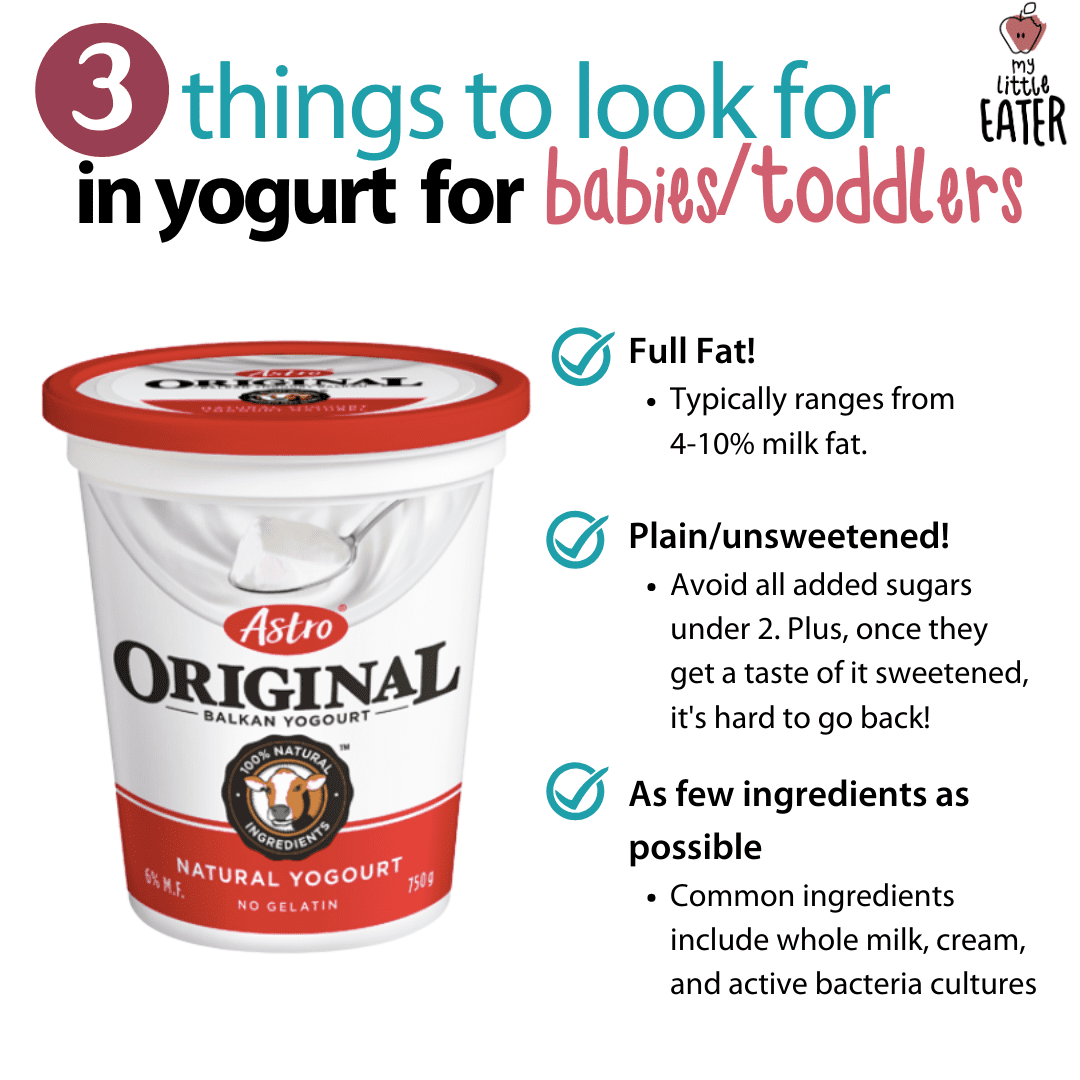
When deciding on the best type of yogurt for your baby, it’s always recommended to choose full fat, plain yogurt with no added sugars or artificial sweeteners, and with the least ingredients possible. Generally, yogurt that is full-fat ranges from 4-10% milk fat and provides a more calorie dense option. Since babies have small stomachs, they really can’t eat that much food in one sitting. Having a full-fat yogurt can be a great way to get in enough calories during a meal, plus it contributes to the much needed fat content required for their diet, as mentioned above.
I recommend looking for a yogurt with minimal ingredients, ideally one with whole milk, cream, and live active bacteria cultures. Some contain gelatin, and while there’s nothing unhealthy about it (unless you’re looking for a kosher option), it’s used as an additive to compensate for missing textural qualities found in processed yogurt. Real yogurt doesn’t need any gelatin!
As for organic vs grass-fed vs conventional, this choice is totally up to you. Personally I believe that if there is room in your budget to allow for a more expensive grass-fed yogurt, it could be worth it for the increase in CLA and omega-3 fatty acids. It’s certainly not enough for anyone to stress over not buying or to think that there is anything wrong with conventional yogurt. Organic is also a preference and is more of an important factor for dairy products made in the US, as it ensures the milk used is from cows that haven’t been treated with antibiotics or growth hormones. In Canada, this isn’t an issue with our cows, so organic may only be a preference if you’re more concerned about environmental practices.
Now, as if navigating brands and nutritional content weren’t enough to make your head spin, there are also different types of yogurt to wrap your head around besides regular yogurt…like Greek and skyr. When we compare Greek to traditional yogurt nutritionally, you’ll see that it’s higher in protein and generally provides more fat. Because it’s considered a strained yogurt, it does have a much thicker texture in comparison to traditional yogurt. This can actually be beneficial in baby led feeding because it is easier for babies to finger feed with, if they choose to.
Skyr yogurt is relatively new in Canada and is often compared to Greek yogurt because of its high protein content and thicker texture. It’s traditionally an Icelandic style yogurt and is made using different milk cultures than Greek yogurt, which is why it’s creamy, thicker, and less sour. Skyr yogurt is a good option for your baby because, like Greek yogurt, it has high amounts of protein, but it typically has less sugar, which is a bonus!
One thing to note is that in the beginning when introducing Greek or Skyr yogurt to your baby, it’s helpful to start with smaller amounts (1 tbsp) and gradually work your way up from there. Because it’s higher in protein, it may be harder on their digestive system all at once, so gradually easing into it is recommended.
Below I’ve included some of the brands of yogurt I recommend that can be found in Canada and the United States. All of these yogurts are plain, whole milk fat (ranging from 4-10%), and have limited ingredients. These brands are easy to research online if you want to further explore the other nutritional facts, like calcium or vitamin D content.
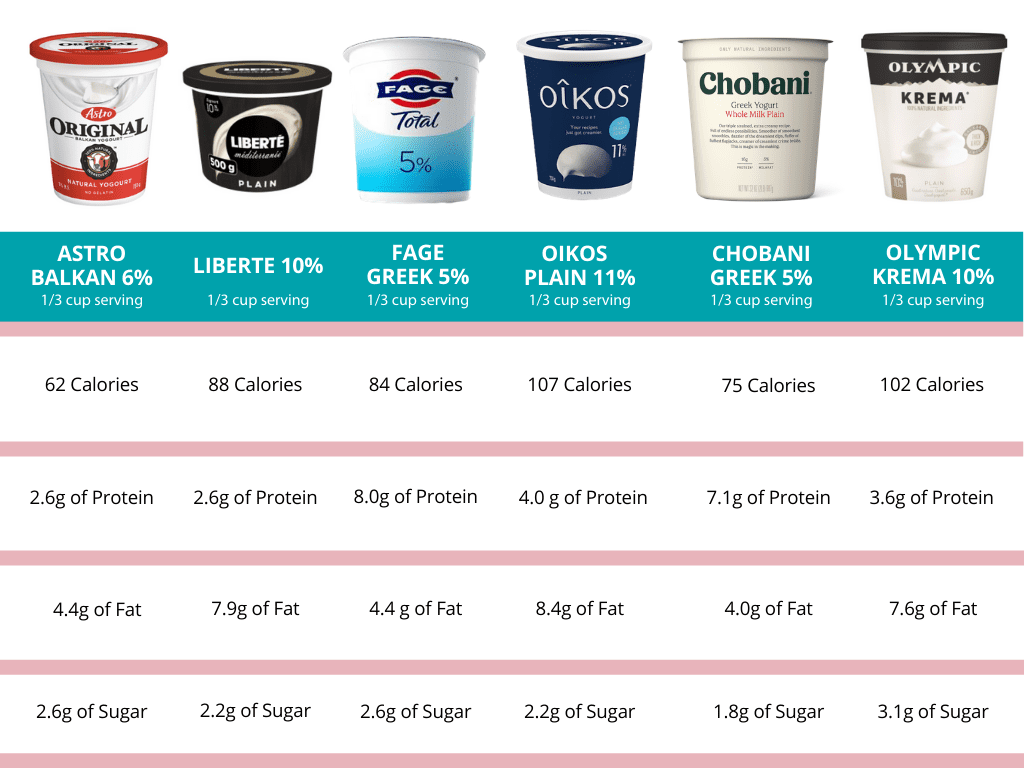
I’ve also included some good choices for babies that have lactose intolerance, or are avoiding dairy for other reasons. Astro Balkan is a great lactose free yogurt because it still has one of the best protein and fat contents compared to the others. Keep in mind that some lactose free versions are made with bases of cashews or soy, which are also top allergens, and these products should be avoided if your baby has a sensitivity.
Lactose free options:
- Astro Balkan Lactose Free 6% (½ cup serving) – Calories: 100, Protein: 4g, Fat: 7g, Sugar: 3g
- Forager Cashewgurt (cashew based) (150 g) – 110 kcal, Protein: 3g, Fat: 7g, Sugar: 1g
- Liberte Dairy free (coconut yogurt) (3/4 cup serving) – 120 kcal, Protein: 1g, Fat: 13%, Sugar: 1g
What about the sugar in yogurt?
It’s confusing, I know, because even plain unsweetened yogurt has sugar in it! Yogurt contains milk which has a naturally occurring sugar called lactose. So when you notice sugar on the nutrition label of a plain yogurt that is made with cow’s milk, this is normal, and is not a cause for alarm. Typically, for every 100g of plain unsweetened yogurt there is around 4.5g of naturally occurring lactose, which is what makes up the sugar content listed on the nutrition label. The amount of milk fat in the yogurt contributes to the amount of sugar you’ll see on the label. When the yogurt has a higher milk fat, there is more lactose in it, so that’s why you may see more sugar on the nutrition label of a plain yogurt with 10% milk fat compared to 4% milk fat. As long as the package says plain and unsweetened, all the sugar noted on the label will be the lactose. Natural sweeteners like stevia, agave syrup, honey, fruit syrup, fruit concentrate and fruit puree are still considered added sugars. When you’re looking into different brands, make sure these aren’t included on the ingredients label. The bottom line is: as long as the yogurt you’re choosing is plain and unsweetened, the sugar you see on the label is nothing to worry about! When looking at the ingredients in the yogurt, you should aim for minimal ingredients like whole milk, cream, milk protein, and bacteria cultures, which will vary depending on which brand you choose.
Delay serving sweetened yogurt
I recommend completely avoiding any sweetened yogurts for babies and toddlers. This is simply because once they taste that delicious sugar sweetened yogurt…they’re less likely to go back! Trust me…I’ve seen many babies and toddlers refuse to go back to unsweetened, plain yogurt once they’ve had a taste of the sweeter versions (my kids included!). Many times parents see their babies make a face to plain yogurt a couple of times, and decide they don’t (or won’t ever) like it…and then quickly rush to sweeten it up to make it more palatable. The thing is, flavoured yogurts are loaded with added sugar which we want to avoid as much as possible until around 2 years of age, so we don’t want your baby being accustomed to this. If you start with unsweetened yogurt they will have nothing to compare it to and will grow accustomed to the tart taste, with little complaints after many exposures.
Sometimes, you may be tempted to want to flavour the yogurt just to add a little variety to your baby’s diet. The good news is: there are lots of ways to naturally sweeten it yourself with no artificial/processed sugars!
Some natural ways you can sweeten yogurt, that I recommend, include:
- Adding a dash of cinnamon and mixing it in (although it’s not a sugar, cinnamon can impart a slightly sweet taste in small amounts!)
- Add mashed or pureed fruit – banana, strawberry, blueberry, raspberry, and banana are all great examples!
- Mix in ½ tbsp – 1 tbsp of unsweetened applesauce
- Mix in ½ tbsp – 1 tbsp of natural peanut butter
For children who may require higher calorie food options, peanut butter and coconut oil could be a great option to increase calories in their diet.
Yogurt can be a diverse ingredient!
Another benefit to using plain yogurts is that they make for a diverse ingredient that can be used, not only as a sweet food option, but also a savoury! Use it as a super good opportunity to introduce new flavours and yes…even veggies! This is an especially good tip if you’re baby/toddler already LOVES yogurt. Research shows that pairing liked foods with new foods increases acceptance!
Some savoury add-ins, that I recommend, include:
- Sprinkled chia seeds, hemp hearts, or flaxseeds
- Diced raw or cooked vegetables like cucumbers, cooked sweet potato, cooked beets, raw radish slices, shredded zucchini, avocado…you name it!
- Pureed veggies like butternut squash or pumpkin puree
- Protein toppers like pureed black beans, chickpeas, or lentils
- Ground seeds like pumpkin or sunflower seeds (whole seeds are okay for 4+ years)
Plain yogurt is a healthier alternative to mayo, sour cream, salad dressing, and even alfredo sauce for pasta. My kids are, to this day, still hooked on using plain Greek yogurt in place of sour cream on their tacos, burritos, on top of their chili, and even as a way to moisten-up, and add some interest, on top of pancakes! You could use it to replace mayo in egg salad, for example, and serve it to your baby this way, which is a good finger food option for those who follow baby led feeding. It can also be used to make fun and tasty vegetable dips, and if you’ve previously completed my Feeding Toddlers online course, you’ll know all about how dips can add novelty and fun to mealtime! Greek yogurt is just a great addition as a versatile ingredient, and as you begin to explore healthy recipes, you will see it pop up quite often.
Aside from just eating yogurt plain, or with the natural additions I have listed above, you could also incorporate yogurt into baked goods like muffins, as a replacement for butter or oil. Smoothies are another great option for serving yogurt to your baby!
How to offer yogurt to your baby
This could get messy! If you are following a baby led feeding method, feel free to let your baby explore the texture of the yogurt with their hands, and self-feed. If your baby doesn’t want to use their fingers, offer them a Num Num gootensil which is a great dipper utensil that can be used as early as 6 months. It allows the yogurt to easily grip onto the utensil, which makes it easy for baby to be able to get it in their mouth without it falling off, like it may with a typical spoon! Serving Greek yogurt to your baby if they are self-feeding may be more helpful because of it’s thick texture, which will also make it easier to pick up and stay put on a utensil. And by all means, if your baby does not want to self-feed feel free to help them spoon feed! You can use this opportunity to use the yogurt as a vehicle to mix in other foods that are difficult to self-feed, like: grains, quinoa, or rice. Since meat can be a bit dry sometimes for your baby, coating it lightly in yogurt can help moisten up the meat so that they can get more flavour from it as they try to eat it.
I hope I was able to give you a little more confidence in what to look for when choosing the best yogurt for your baby, and that it helps you navigate the yogurt aisle on your next grocery trip! If you’re looking for more information on starting solids, and baby led feeding solutions, head over to my Baby Led Feeding online course to get started and become more confident in feeding your baby!
Raising happy, healthy little eaters starts early!
Do you want to learn more about:
- Choosing the best feeding style approach
- How to safely and properly serve different types of foods
- What foods are needed for proper growth and development
- How to build a nutritious meal for your baby
- Expanding your baby’s eating skills

Let me help you:
- Gain confidence in feeding your baby
- Progress your baby through the various stages of feeding development
- Expose your baby to a variety of foods to help them grow into an adventurous eater!
CLICK HERE TO START RAISING A HAPPY, HEALTHY LITTLE EATER!
Some of the links on this page are affiliate links. That means, I get a small commission if you purchase through this link. However, I make it a point to only share tools and resources I truly love and use.



